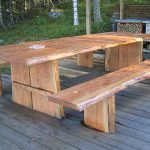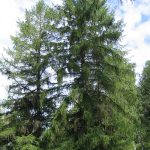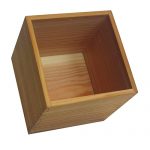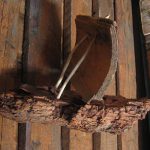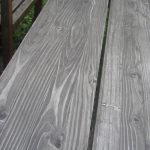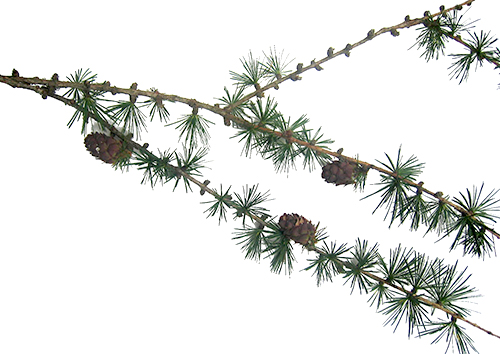
- Lärk (S)
- Larch (GB)
- Lärche (D)
- Meléze (F)
Distribution
- Larch has spread all over Europe, especially in its central parts.
- In Finland larch does not grow naturally, but it thrives when planted.
- In Finland it is predominantly the Siberian larch (Larix sibirica) which is cultivated and which thrives as far as Lapland. It is the westernmost species of the vast larch forests of Russia and the northermost species below the tree line.
Habitat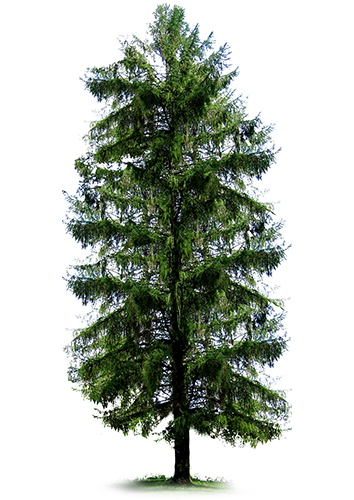
- Larch grows in fresh woodlands rich of nutrients, where it can be the most common tree species.
- It also survives in less fertile habitats as long as it gets enough daylight. It does not thrive in areas where the water in the ground is stagnant.
- In the end of spring larch is vulnerable to frost, and does not cope well with high temperatures either. However, it withstands well very low temperatures below zero.
Growth characteristics
- In Finland larch grows approximately 30 meters in height. It is more fast-growing than spruce and pine.
- The crown is thin and conical. It becomes rounder as it ages.
- The trunks of densely grown trees are fairly straight and branchless up to 2/3 of their height.
- Young trees have a smooth, ash-gray and resinous bark. As the tree grows older, the bark becomes thicker and harder. The thickness of the bark in the lower stem of an old larch is approximately 3 cm. The bark has deep grooves and its indside is dark red-brown.
- Larch species hybridize well with each other. The hybrids are called Larix– hybrids.
- To get quality larch wood the sapling stands have to be planted densely. In such conditions it is possible that larch becomes naturally branchless, considering that the first thinning is done early enough. The next thinnings must be done intensely enough, so that the trees grow large quickly.
Properties of the wood
- Good quality larch is over 35 cm in diameter at chest height, and the trunk is branchless at least up to 6 meters.
- A-class larch has a healthy and straight trunk without any cracks or warps.
- The cambium and heartwood are easily distinguishable. The amount of the red-brown heartwood is large and the cambium is yellowish. The annual rings are clearly distinguished.
- For a coniferous tree larch wood is hard and so heavy that its fresh wood does not float.
- The wood is hard when dry but warps and cracks easily during the drying process. It shrinks a little and is reasonably durable in all kinds of weather. When larch is used under water it becomes rock hard and very long-lasting.
- The wood is easy to work by hand or machine, with the exception of knots that are hard and usually fragile. Surface finishing is easy. Dyes, lacquers, varnishes and glues stick well. Screws hold excellently, but nailing should be done with caution because the wood cracks easily.
- The wood is soft, lightweight, easy to cleave and barely flexible.
- The weight of fresh timber is 673 kg/m3.
- The weight of air-dry sawn timber is 545 kg/m3.
- A-class wood: The amount of heartwood in the treetop must be at least 70% of the diameter. There can be no knots, rot or defects in colour.
- B-class wood: Knots are acceptable, but they have to be healthy and dry. Small variation in colour is accepted. The amount of heartwood has to be at least half of the diameter.
- C-class wood: Large knots are acceptable because the wood is used for purposes where the appearance does not matter.
- Larch is rot resistant and therefore it is used for building both inner and outer structures. Especially the red-brown heartwood is very durable and does not rot outdoors. It resembles impregnated wood and is suitable for purposes where impregnation materials are avoided for environmental and health reasons.
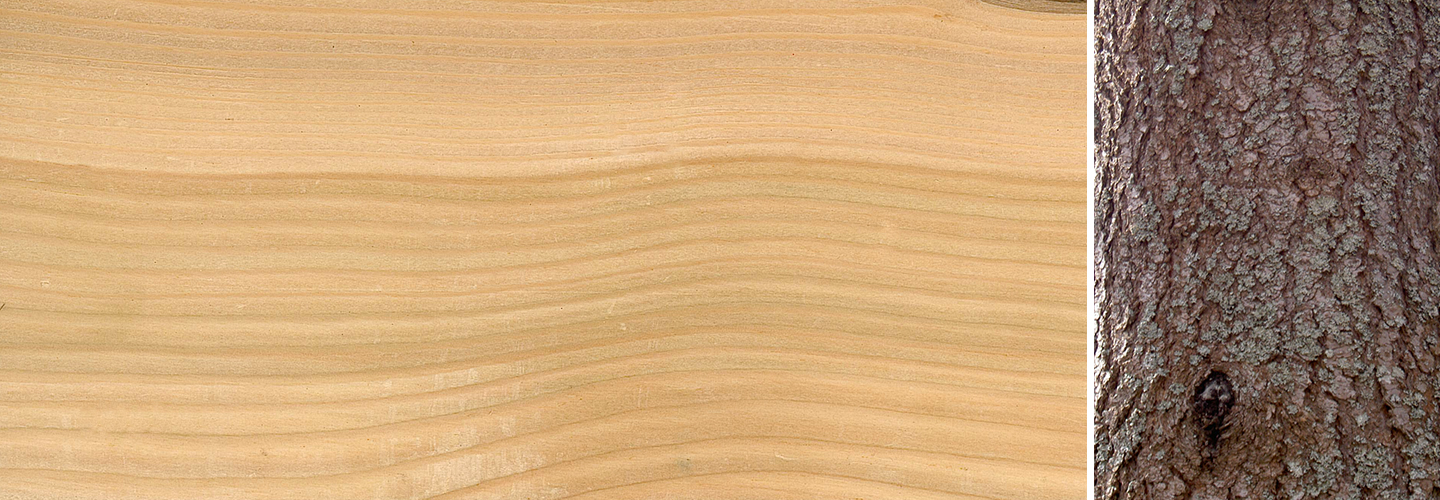
Surface treatment
The wood samples have been surface treated as such:
- Left, water-based acrylic lacquer
- Center, no treatment
- Right, two component catalystlacquer or oil
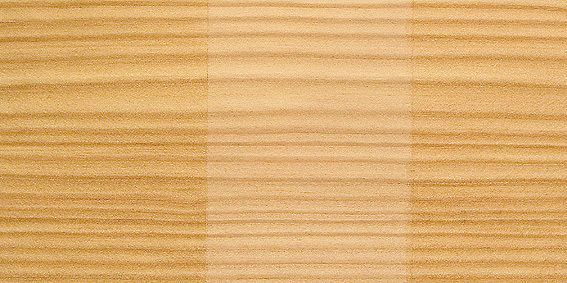
Radial cut
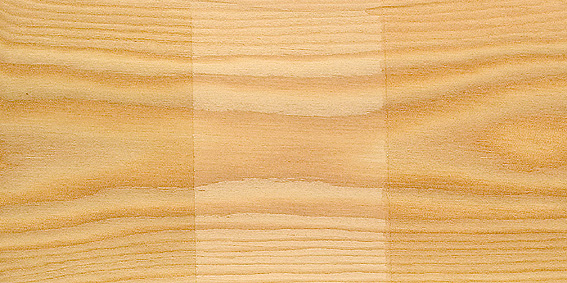
Tangential cut
Usage
- Larch is used mainly in exterior structures (e.g. garden furniture, terraces, bridges and piers), but also in other joinery work and interior decoration.
- Traditionally the wood is used in boat building, windows, doors and stairs.
